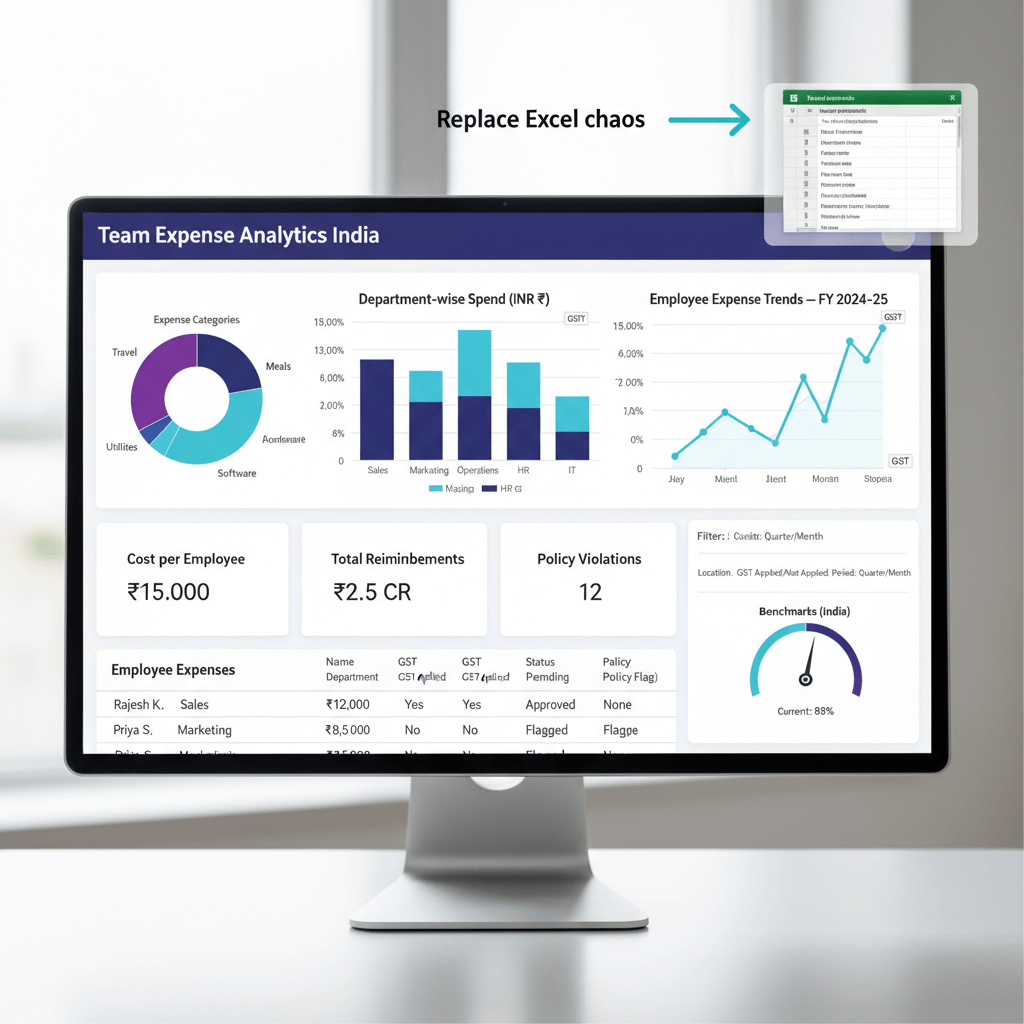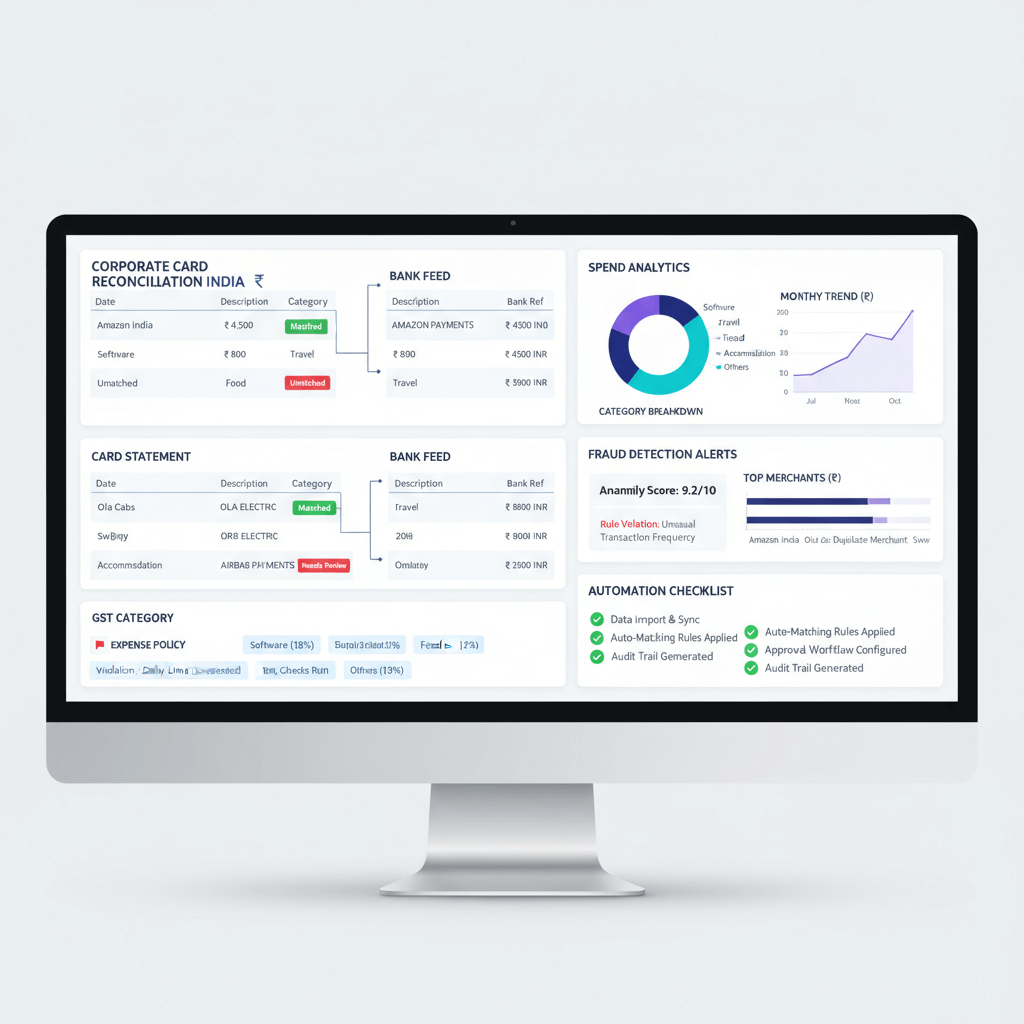Key takeaways
- Mandatory audit trail compliance since April 1, 2023, under the Companies Act
- Requirements include unalterable history, complete edit logging, tamper proof design, eight-year retention
- Non compliant software risks penalties, audit qualifications, and regulatory scrutiny
- Essential features: automatic date stamping, version history, user attribution, secure exports
- Modern tools like AI Accountant combine automation with compliance
Table of contents
- Understanding Audit Trails in Modern Accounting
- Decoding the Companies Act Audit Trail Requirements
- Essential Features Every Compliant Software Must Have
- Why Legacy Accounting Systems Fall Short
- Selecting Your Audit Trail Compliance Solution
- Modern Accounting Automation and Compliance
- FAQ
Understanding Audit Trails in Modern Accounting
An audit trail in accounting serves as your financial records’ digital DNA. It’s a chronological record that meticulously traces every single change made to your financial data, creating an unbreakable chain of accountability.
Just as a security camera logs every entry and exit, an audit trail captures who modified which transaction, what changes they made, and exactly when they occurred.
The Companies Act mandates this feature for three critical reasons:
- Fraud Prevention: Audit trails make it nearly impossible for bad actors to manipulate records without detection.
- Transparency: Stakeholders can trace the evolution of any financial entry from creation to final form. See how transparency could have changed corporate outcomes.
- Audit Facilitation: Statutory audits become smoother when auditors can review complete histories rather than just balances.
For Indian SMBs using Tally or Zoho, robust audit trails ensure their books can withstand scrutiny from both internal auditors and regulators. The days of hoping your records “look good enough” are over.
Decoding the Companies Act Audit Trail Requirements
The legal foundation for audit trail compliance stems from Rule 3(1) of the Companies (Accounts) Rules, 2014, as amended by the MCA. This isn’t a best practice—it’s the law.
Starting April 1, 2023, every accounting software used by Indian companies must meet these non negotiable standards:
- Unalterable History: A comprehensive, chronological history of every transaction that cannot be modified or deleted.
- Complete Edit Logging: Documentation of every change, capturing user identity, modification details, and timestamp.
- Tamper Proof Design: The audit trail feature cannot be disabled, bypassed, or manipulated by any user.
- Long Term Retention: Records must remain accessible for at least eight years, as per Section 128(5).
Auditors are now explicitly responsible for verifying and reporting on audit trail functionality in their annual reports. Non compliance can lead to penalties, audit qualifications, and regulatory scrutiny.
Essential Features Every Compliant Software Must Have
Not all accounting tools are created equal. To truly comply, your software must offer:
- Automatic Date Stamping: Every entry and edit receives an unalterable timestamp.
- Complete Version History: Full historical versions of each entry, showing intermediate steps and responsible users.
- Tamper Resistance: No user, including administrators, can disable or delete the audit log.
- User Attribution: Each change is linked to a specific user account.
- Export Capabilities: Audit logs are exportable in standard formats. Compare with AI Accountant vs human accountant.
For businesses relying on Tally, your compliance solution must either enhance Tally’s native audit trail or integrate seamlessly while preserving full logging. See our guide to top Tally automation tools.
Why Legacy Accounting Systems Fall Short
Many legacy setups simply cannot meet the Companies Act’s audit trail standards:
- Excel Workflows: No automated, tamper proof logging.
- Older ERPs: Focus on system access rather than detailed transaction edits, often allowing log deletion.
- Basic Accounting Software: Partial trails that can be disabled or that omit edit history.
- Custom Solutions: Rarely designed for compliance—retrofitting is expensive and error prone.
Reliance on manual processes invites human error and increases compliance risk. Middleware solutions can bridge gaps without full system replacement.
Selecting Your Audit Trail Compliance Solution
Use this evaluation framework when choosing a tool:
- Permanent Log Storage: Immutable records with no deletion or archiving options.
- Tally Integration: Seamless, full logging support. Read our Tally to Zoho Books migration guide.
- Automatic Documentation: Zero manual stamping or backdating.
- Secure Export: Auditor-friendly formats.
- User Management: Detailed attribution and prevention of false identities.
- Scalability: Handles growing transaction volumes.
- Integration Depth: Works with your current stack to minimize disruption.
- Support Quality: Vendor expertise in Indian regulations and local support.
The best tools plug into existing workflows, operating quietly in the background to ensure compliance without disrupting daily operations.
Modern Accounting Automation and Compliance
Leading solutions now merge audit trail compliance with advanced automation. AI Accountant is a prime example:
- Automated Data Processing: Ingests financial data from multiple sources while maintaining full edit logs.
- Intelligent Classification: Machine learning categorizes transactions with tamper proof logs. Learn more about intelligent ledger mapping.
- Seamless Integration: Clean, compliant entries flow into Tally or Zoho with audit trails intact.
- Background Compliance: Invisible audit functionality that requires no extra effort from finance teams.
This approach transforms compliance from a burden into a competitive advantage by improving accuracy, reducing manual work, and delivering deeper financial insights.
FAQ
How do I verify if my current Tally system meets audit trail compliance under the Companies Act?
Check whether your Tally setup automatically records unalterable timestamps for every edit, maintains complete version histories, and prevents any user from disabling the audit log. If any requirement is missing, consider integrating a dedicated compliance module or using a tool like AI Accountant.
Can Excel be used to create a compliant audit trail?
No. Excel lacks automated, tamper-proof logging and comprehensive edit histories. Manual tracking introduces errors and non compliance risks. Instead, use purpose-built software with immutable audit logs.
What are the penalties for non compliance with audit trail requirements?
Non compliant companies may face monetary penalties, audit qualifications, and regulatory scrutiny that can harm business relationships. Auditors are required to flag non compliance in their reports, which can damage credibility with lenders and investors.
How long must audit trail records be retained?
The Companies Act, Section 128(5), mandates retention for at least eight years. Ensure your software stores logs indefinitely without deletion options.
Is it enough to log only new transactions, or must edits be tracked too?
The law requires complete edit logging. Every modification, including changes to existing entries, must be documented with user, timestamp, and prior values.
How can AI Accountant simplify audit trail compliance for a mid-sized CA firm?
AI Accountant automates data ingestion, intelligent classification, and audit logging in one platform. It integrates with Tally and Zoho, ensuring full compliance without manual intervention, allowing your team to focus on advisory services.
What should auditors look for when reviewing audit trail functionality?
Auditors should verify unalterable timestamping, tamper-proof design, complete version histories, and secure export capabilities. They must confirm that no user, including admins, can disable or alter the audit log.
Can legacy ERPs be retrofitted for compliance?
Retrofitting often entails high costs and complexity, and may still fall short. Many businesses opt for middleware or dedicated compliance tools that overlay existing systems without full replacement.
How do I ensure user attribution is reliable?
Implement strong authentication and unique user accounts. Your audit trail tool must link each change to a specific user identity and prevent shared logins.
What export formats are recommended for statutory audits?
Audit logs should be exportable in CSV or PDF formats that preserve full detail, including timestamps, user IDs, and change descriptions, to facilitate smooth auditor review.

-01%201.svg)



